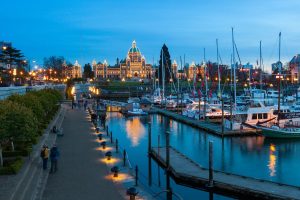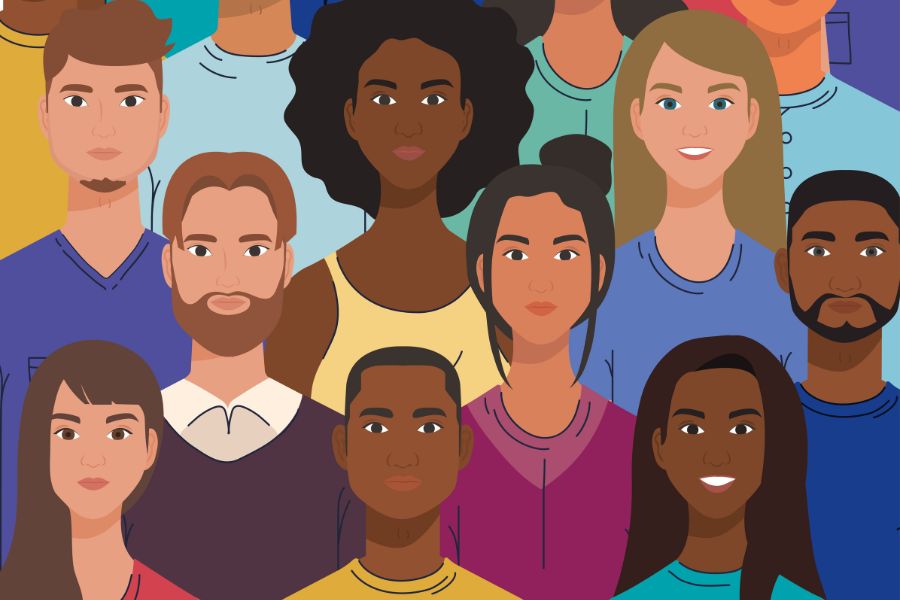British Columbia (BC) is renowned for being home to the warmest city in Canada, having breathtaking landscapes and a rich tapestry of indigenous history and cultures. There are tons of places to visit and things to do. But as you delve deeper into the heart of BC, you may wonder, “How many First Nations are in BC?”
The answer reveals the province’s vast mosaic of First Nations communities, each with its unique heritage, practices, and stories. Understanding these communities helps you appreciate the complexities and vibrancy of BC’s history.
Historical Of British Columbia
There’s more to BC than the outdoor activities it offers. Long before the European settlers arrived on the shores of what is now known as British Columbia, the region was populated by diverse First Nations communities. The history of these First Nations stretches back thousands of years. And it paints a vivid picture of a deeply interconnected relationship between the people and the land. Each nation has its unique legacy. The First Nations span from the North Coast region, with its rugged coastline and misty forests, to the most interior areas, home to communities like the Bridge River Indian Band.
Diving Deep Into History Of First Nations In BC
While many think of BC’s history as beginning with European contact, the truth is that BC’s story starts much earlier. We can trace it back to the intricate cultures, traditions, and records of its First Nations. These nations played, and continue to play, a crucial role in shaping the landscape, politics, and culture of British Columbia. They engaged in trade, established intricate societal structures, and developed sustainable practices to thrive in coastal and interior environments.
However, the arrival of European settlers brought unforeseen challenges and shifts in the dynamics of these First Nations communities. Tensions rose, territories lost, and many nations faced pressures threatening their way of life. Despite these challenges, BC’s First Nations legacy remains deeply ingrained in the province’s identity. They bridge the past with the present and illuminate a path for the future.
Number of First Nations in BC
British Columbia (BC) is distinct from Canada for its extensive diversity of Indigenous peoples. While often one might wonder about the exact number, the truth is that BC is home to over 200 distinct First Nations communities. Each one has its rich traditions, territories, and governance structures. Communities such as the Columbia Lake Indian Band and the Campbell River Indian Band represent a fraction of this broad spectrum.
Furthermore, alliances and affiliations often unite these individual bands for collective causes, as seen with groups like the Okanagan Nation Alliance. This alliance, for example, represents multiple communities in the southern interior of BC coming together to address common challenges and objectives.
Dominant Languages and Culture
Diving into the cultural milieu of BC’s First Nations reveals an even richer tapestry of diversity, particularly when exploring the nations’ languages. The province is a hub of indigenous linguistic heritage. It boasts approximately 34 distinct nations’ languages spoken, a testament to the deep-rooted cultural plurality of the region. These languages carry with them stories, traditions, and worldviews intrinsic to the identity of the respective communities.
The Akisq’nuk First Nation, for instance, is one among several communities that are part of the broader Ktunaxa Nation. Each has shared linguistic and cultural practices yet distinct in their community traditions. Similarly, the Alexis Creek First Nation, residing in the Chilcotin region, has traditions and dialects that differ from those in BC’s coastal or northern areas.
The culture among the Indigenous peoples of BC is not limited to language. It encompasses rituals, dances, art, and an inherent relationship with the land. Totem poles, longhouses, and ceremonial practices are just a few examples of the rich cultural expressions of these nations. The Okanagan Nation Alliance, for example, has been instrumental in reviving and preserving cultural practices. From salmon ceremonies to collective storytelling, this nation reinforces the importance of heritage and shared identity among its member bands.
What are the Current Challenges and Issues?

British Columbia’s Indigenous communities continue contributing vibrantly to the province’s cultural landscape. But they face many challenges often overlooked in mainstream narratives. One of the most significant issues is the struggle for land rights. Many indigenous communities, including the Cayoose Creek Band and Mary’s Indian Band, continually grapple with territorial disputes. There’s also the struggle for the right to self-determination, especially as modern development projects threaten ancestral lands.
Moreover, socioeconomic disparities persist in many of these communities. Accessibility to essential services, quality education, and healthcare remain hurdles for bands like the Alexandria Indian Band. These challenges are magnified because of their remote locations, often nestled among the Coast Mountains or deep within the Thompson Okanagan region.
The long-standing impacts of residential schools and other colonial policies have also left deep scars. Intergenerational trauma affects communities, leading to social challenges that need holistic, community-based solutions. The Cape Mudge Indian Band, for instance, has voiced concerns about the preservation of its cultural heritage in light of these historical injustices.
Achievements and Successes
Despite the myriad challenges, British Columbia’s Indigenous communities have showcased remarkable resilience and achieved significant milestones in various fields. Economic development initiatives led by communities have started to make positive inroads. The Cape Mudge Indian Band, nestled in the Discovery Islands, has embarked on sustainable tourism ventures. They have celebrated their rich culture while boosting the local economy.
In politics and governance, the Cayoose Creek Band has spearheaded discussions about indigenous rights at provincial and national forums. Their activism has brought significant attention to the issues Indigenous communities face in BC.
Cultural revival and preservation are also areas where many successes are remarkable. The Alexandria Indian Band has initiated programs focusing on language revitalization, ensuring the younger generation remains connected to their roots.
Final Words
In exploring “How many First Nations are in BC?”, one uncovers more than just numbers. The rich tapestry of British Columbia’s Indigenous communities showcases a profound history, undeniable resilience, and a vibrant future. As we continue engaging with these stories, it becomes crucial to acknowledge their challenges and achievements. This will ensure a more inclusive and understanding path forward for all.

